From September 18 to November 25, 2025, the fall program of XNL Piacenza - Center for Contemporary Art, Cinema, Theater and Music of the Fondazione di Piacenza e Vigevano, curated by Paola Nicolin for the Art section, kicks off with Manifesto by Julian Rosefeldt. On the occasion of the tenth anniversary of its first presentation atACMI - Australian Centre for the Moving Image in Melbourne (December 2015), Manifesto arrives in Piacenza in a video-installation version specially adapted to the spaces of XNL Arte, made in collaboration with the publishing house Electa.
The work, a 13-channel video-installation, is an intense tribute to 20th-century art manifestos: incisive and programmatic texts through which artists declared a break with the past, outlining a new idea of art, reflecting changes in society.
German filmmaker and visual artist Julian Rosefeldt (Munich, 1965), a Berlin resident, conceived Manifesto in 2015 as a series of thirteen short films, each set in different contexts. All but the prologue are starring two-time Oscar-winning Australian actress Cate Blanchett, who brings to life thirteen characters-almost all of them female-acting out texts composed of collages of posters belonging to different art movements. The decision to give the roles to female figures, Rosefeldt points out, stems from a desire to rebalance a cultural tradition historically dominated by male voices.
The work is distinguished both by its refined visual quality-with frequent use of aerial shots, a hallmark of the author-and by its thorough historical research into texts and locations. The dialogues collect excerpts from more than fifty early and late twentieth-century avant-garde posters from the visual arts, dance, architecture, literature and cinema. The prologue, however, opens with a phrase from Marx and Engels’ Manifesto of the Communist Party (1848)-“All that is solid melts into air”-which recalls the revolutionary nature common to all subsequent poetic statements. This is followed by an excerpt from the Draft Manifesto of the John Reed Club of New York (1932), written in preparation for the John Reed Club of the United States conference in Chicago on May 30 of that year.
In each episode, the relationship between text, image and setting changes, stimulating the viewer to engage with different narrative twists and turns and reflecting Rosefeldt’s interdisciplinary background, which spans architecture, film and the visual arts. As a whole, the installation does not provide definitive answers but opens up questions, just as the original posters did, rejecting any dogmatic rigidity. Often drafted by young people animated by enthusiasm and a spirit of rupture, the texts call for “disorder full of vitality,” “rude energy,” and the abolition of the past, projecting into the heart of the present. But what resonance do they have today, if entrusted to the voice of a homeless woman, a housewife, a working woman, a punk singer or a teacher?

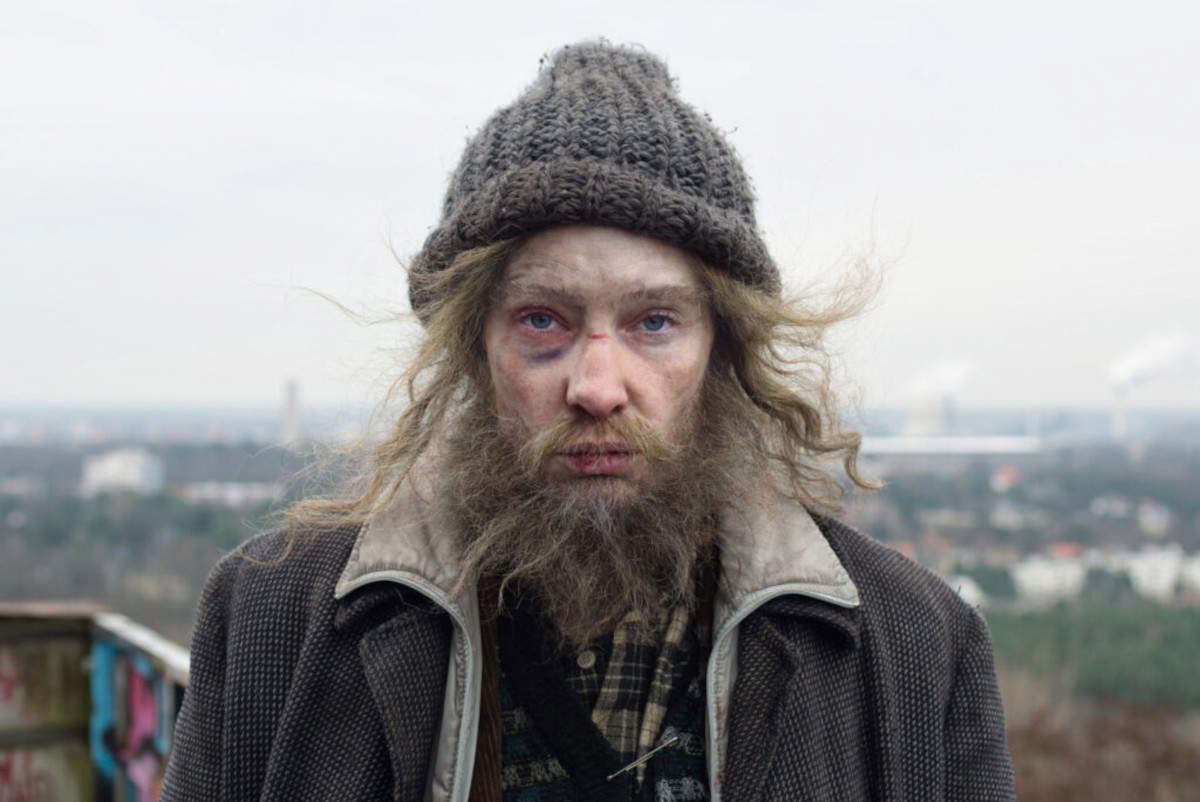
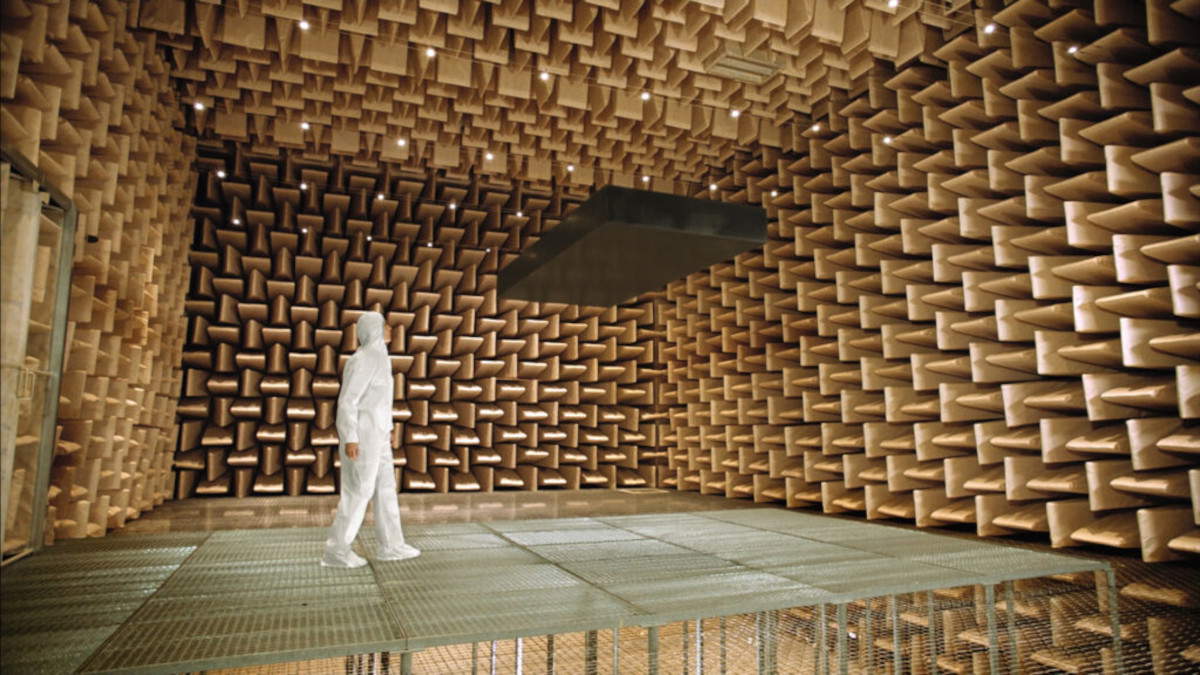
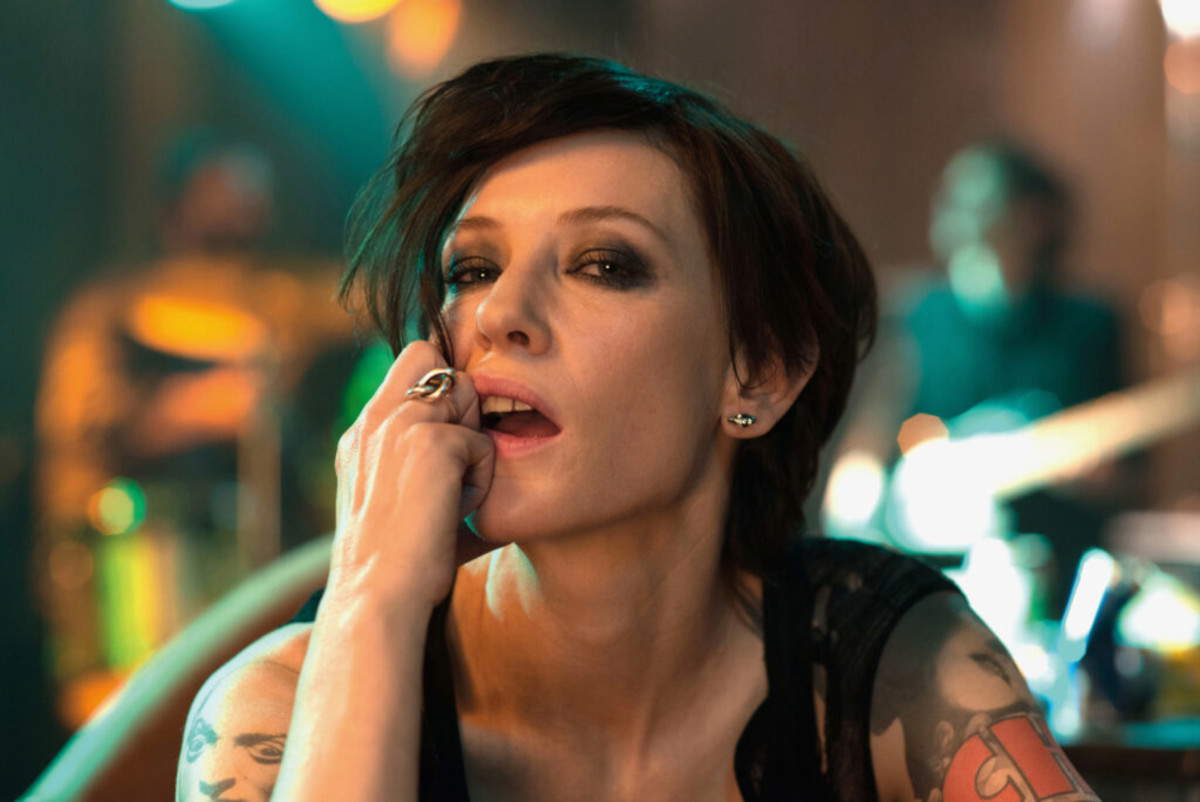
Sensitive to social and political issues, Rosefeldt defines Manifesto as a kind of call to action, a call to action, an act of faith in the possibility of changing the rules of the world through the power of a shared word. The installation allows each video to be viewed individually, but in the moments when images, sounds and voices intertwine, the choral power of the work also emerges.
Manifesto was commissioned by ACMI - Australian Centre for the Moving Image in Melbourne, Art Gallery of New South Wales in Sydney, Nationalgalerie - Staatliche Museen zu Berlin and Sprengel Museum in Hanover; co-produced by the Burger Collection in Hong Kong and the Ruhrtriennale, and realized with the support of Medienboard Berlin-Brandenburg and in collaboration with Bayerischer Rundfunk.
The Art of XNL program is promoted by Rete Cultura Piacenza, which unites the Foundation of Piacenza and Vigevano, the Municipality of Piacenza, the Province of Piacenza, the Emilia-Romagna Region, the Emilia Chamber of Commerce and the Diocese of Piacenza-Bobbio. The initiative is accompanied by a series of public meetings on the issues raised by the work and a publication published by Electa, designed as a guide to the posters cited by Julian Rosefeldt.
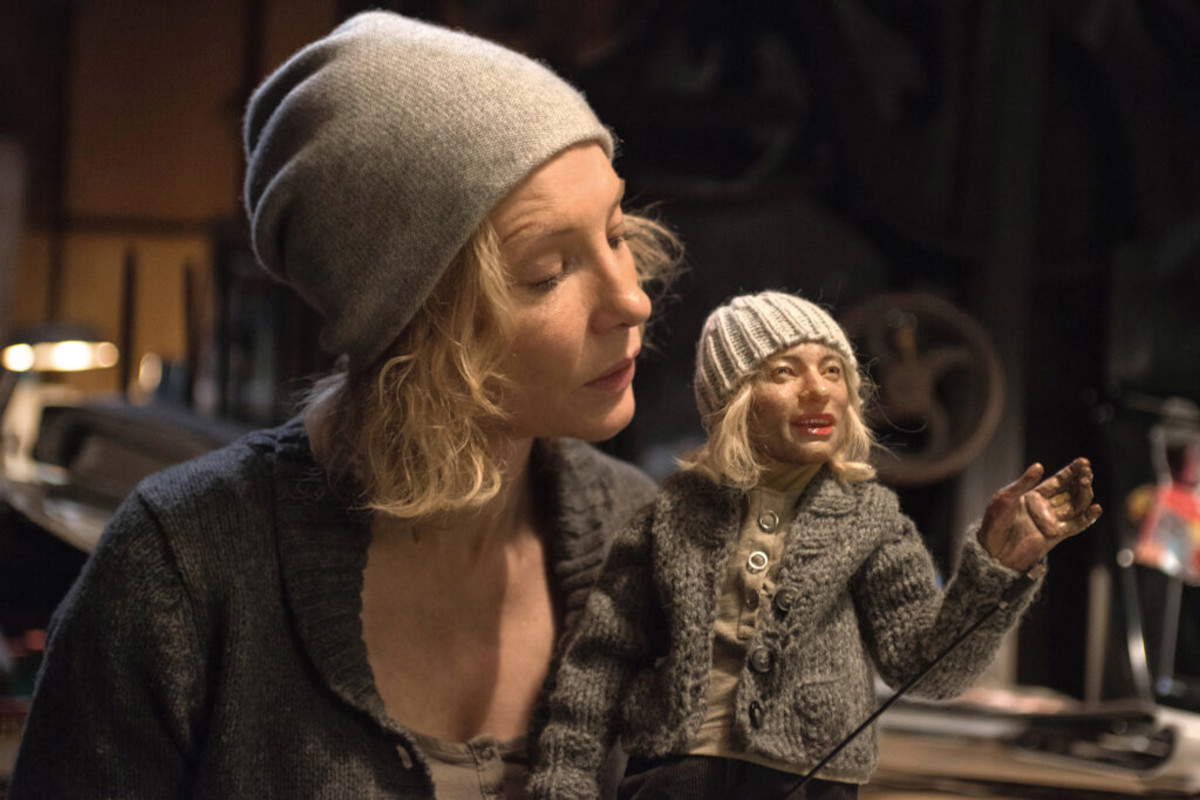
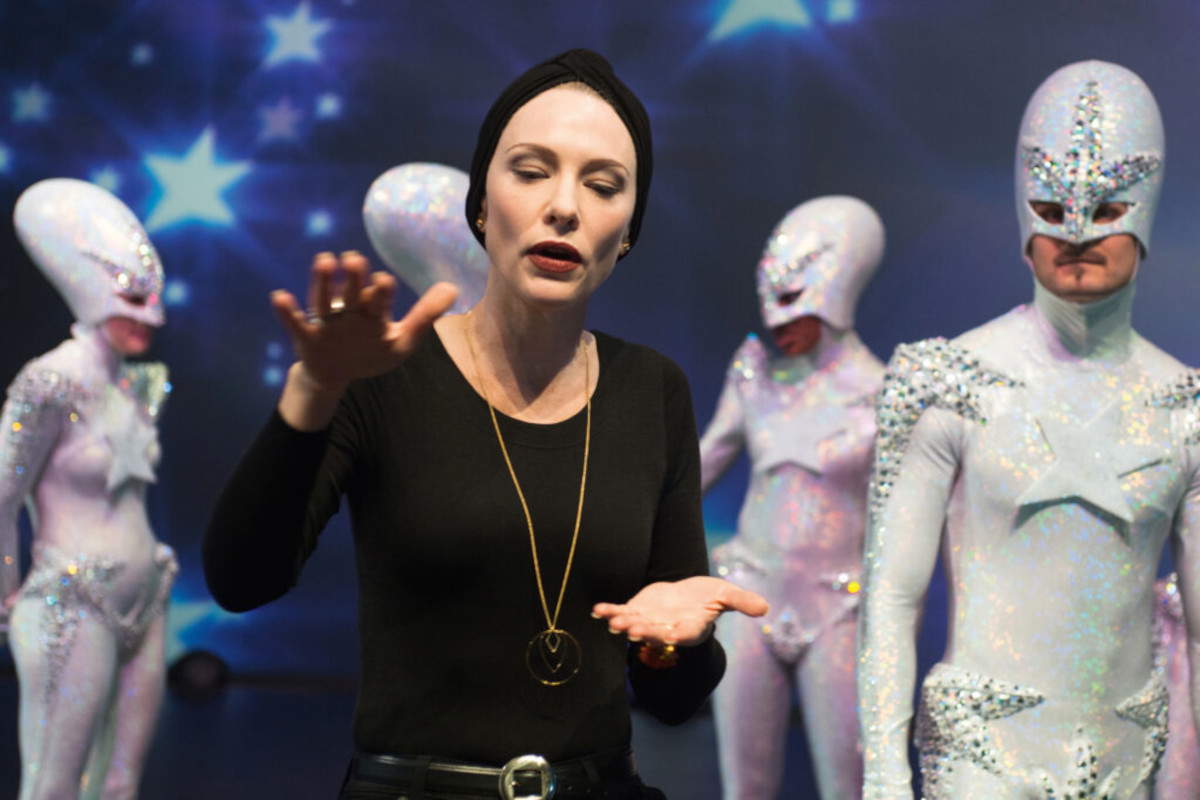
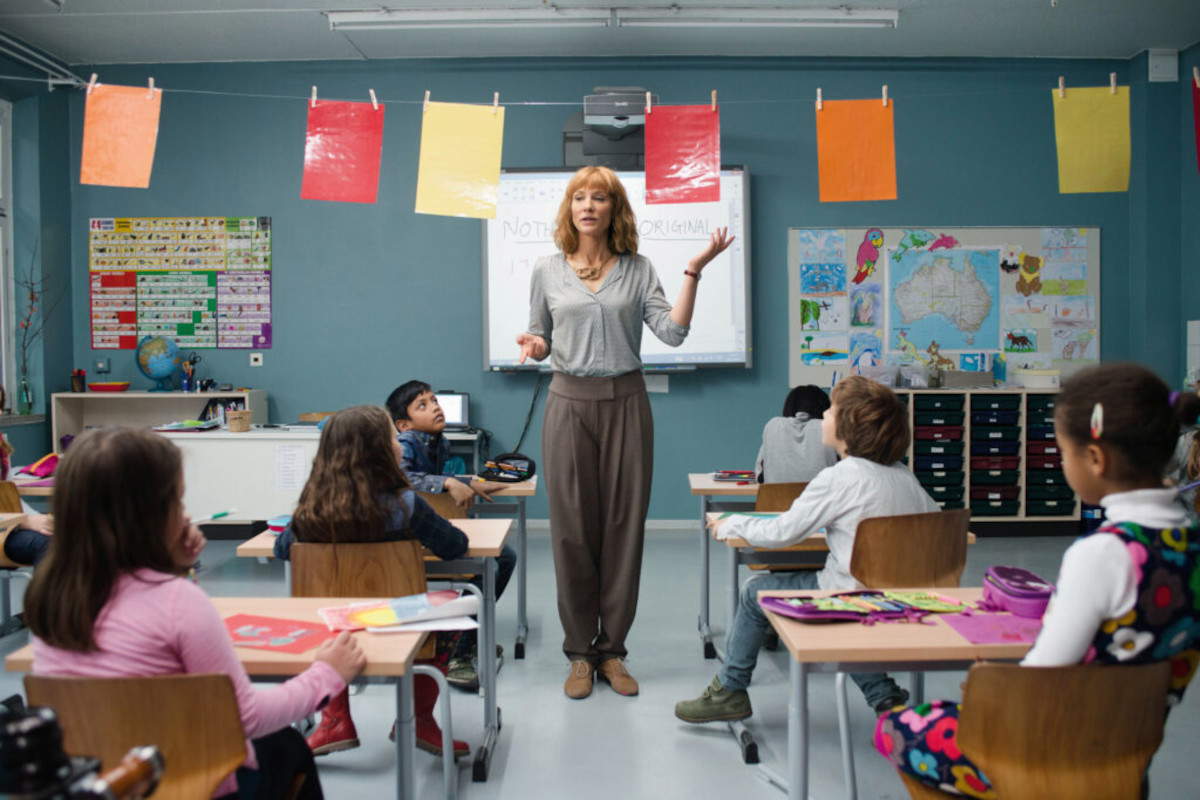
 |
| XNL Piacenza hosts Manifesto, a video installation by Julian Rosefeldt. Playing the characters is Cate Blanchett |
Warning: the translation into English of the original Italian article was created using automatic tools. We undertake to review all articles, but we do not guarantee the total absence of inaccuracies in the translation due to the program. You can find the original by clicking on the ITA button. If you find any mistake,please contact us.